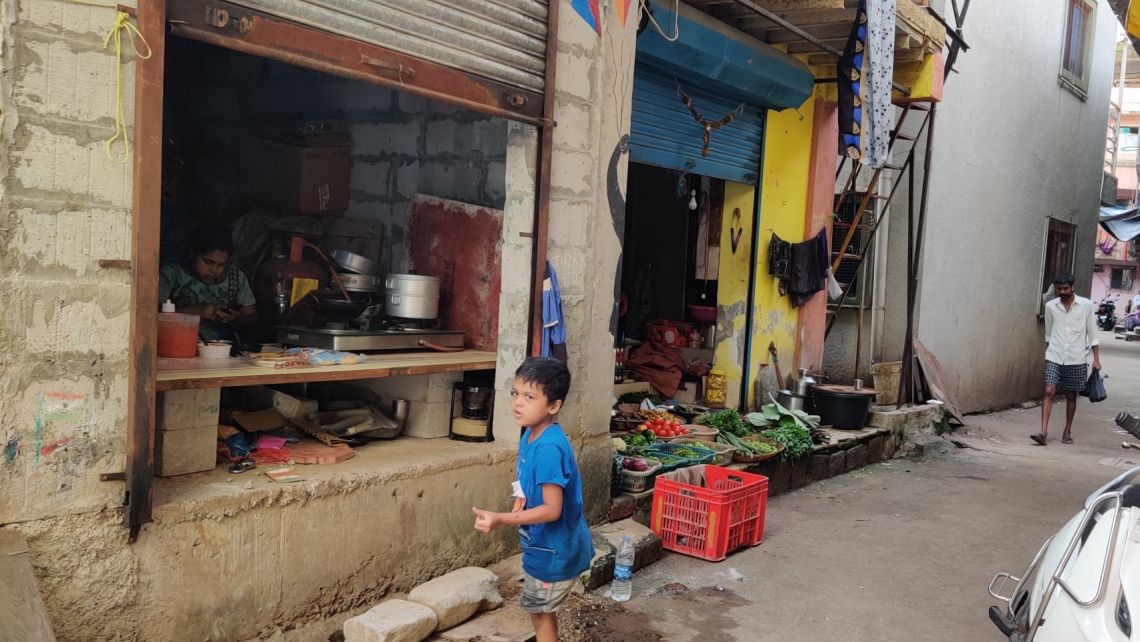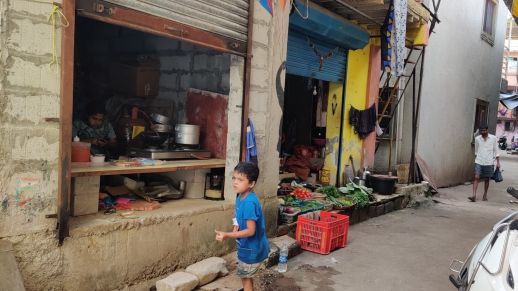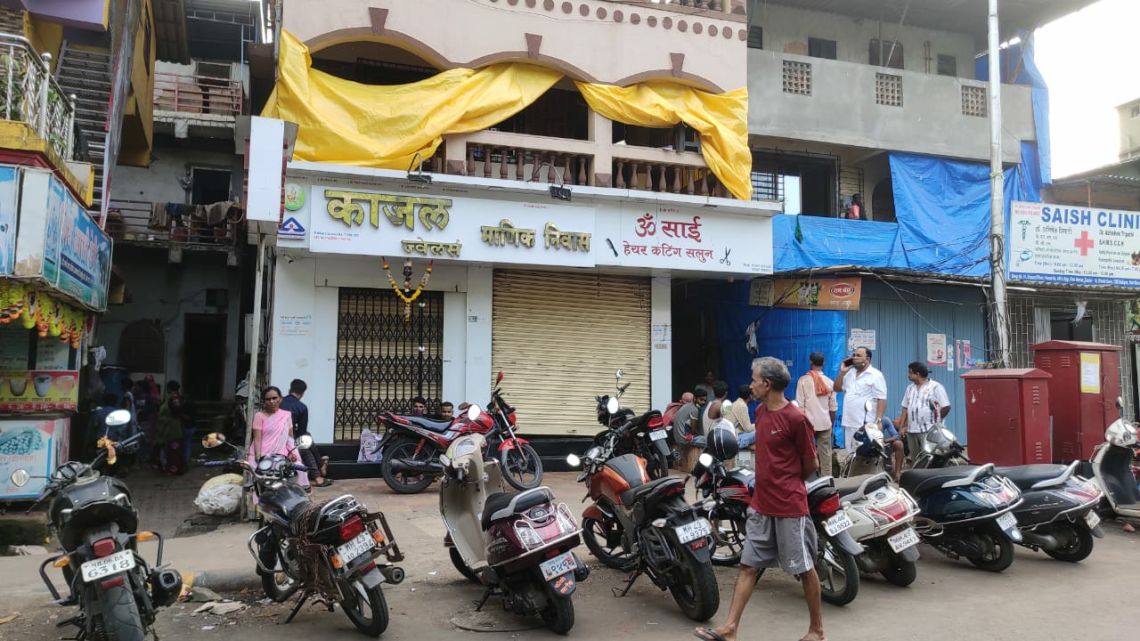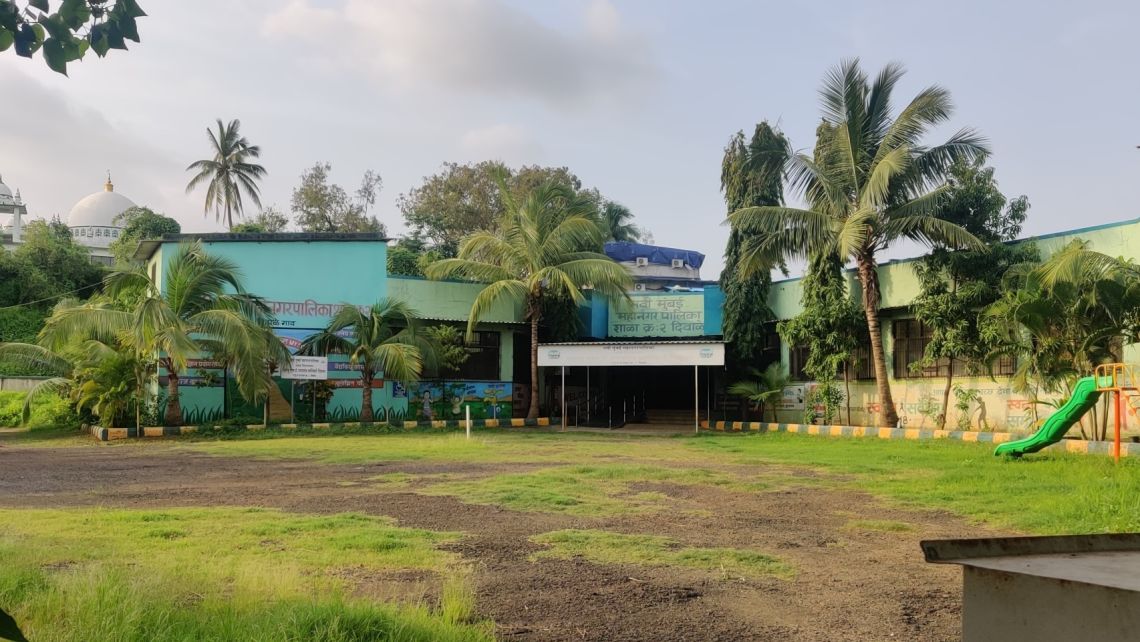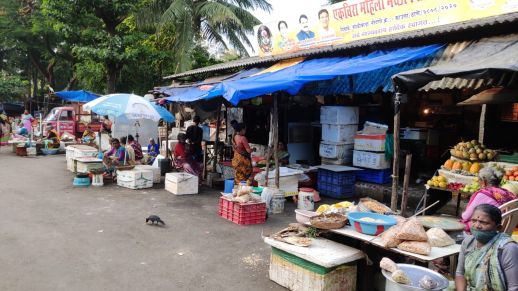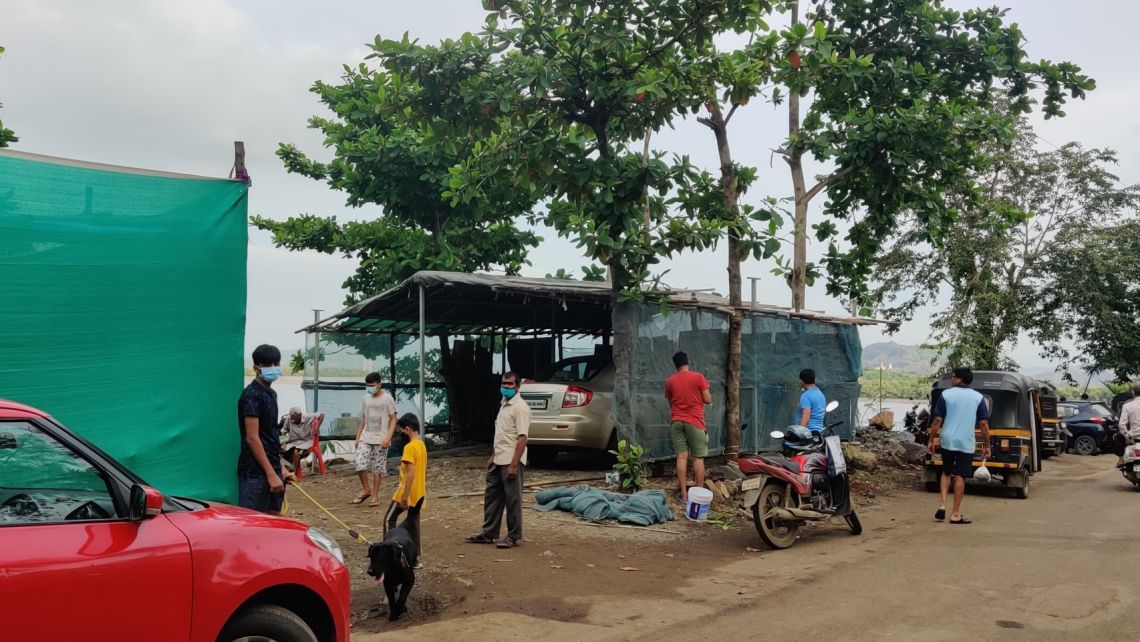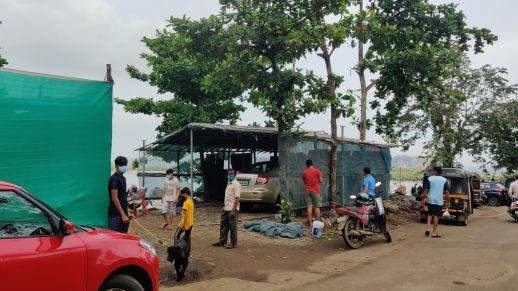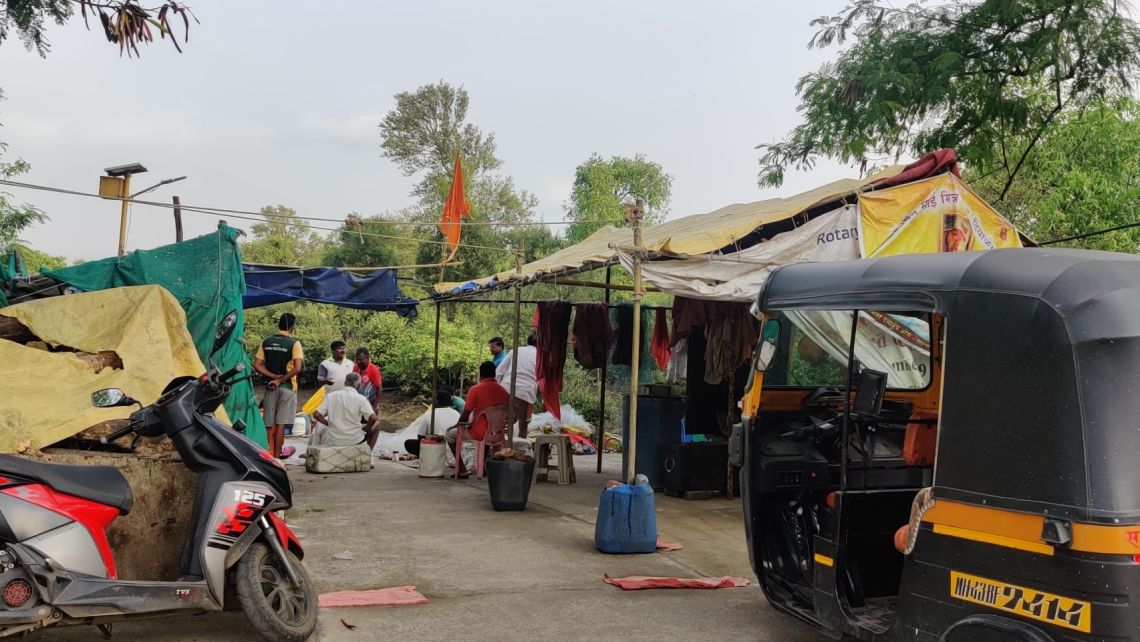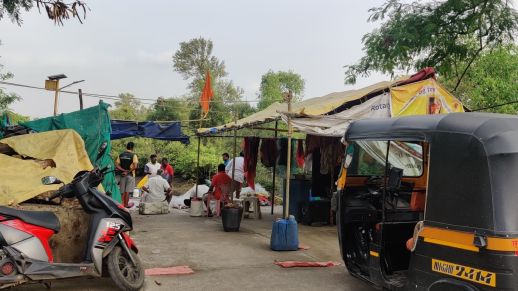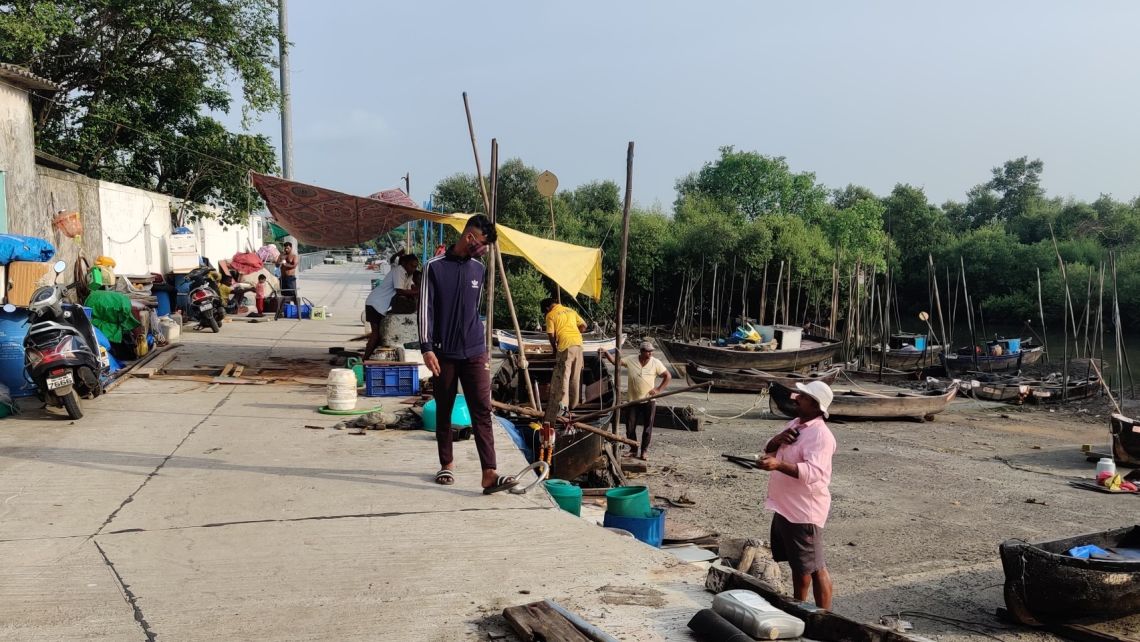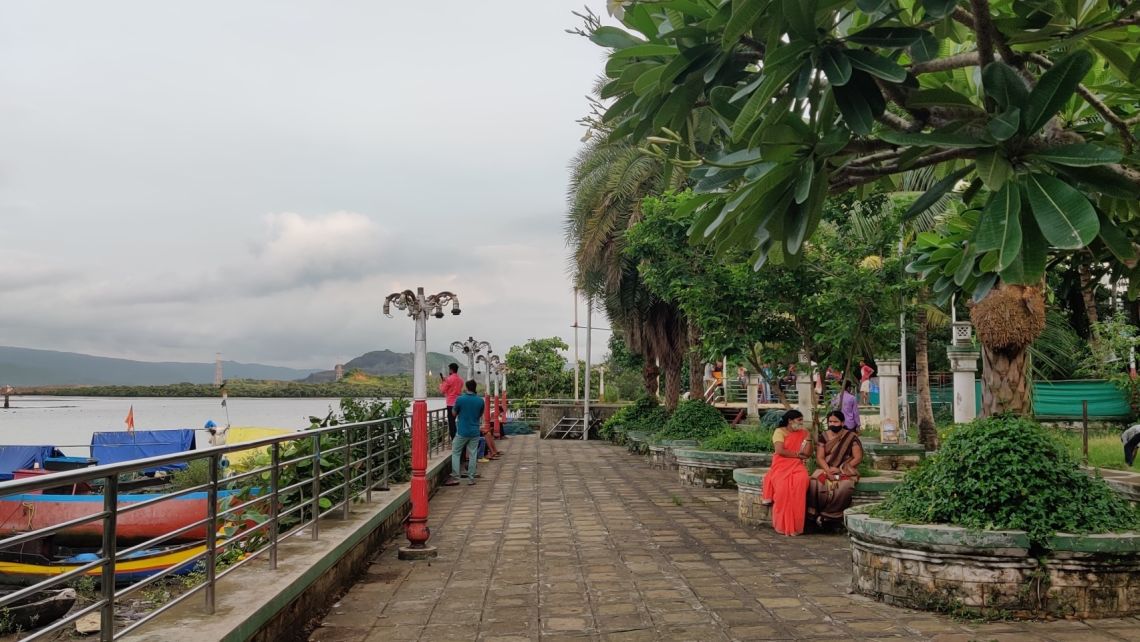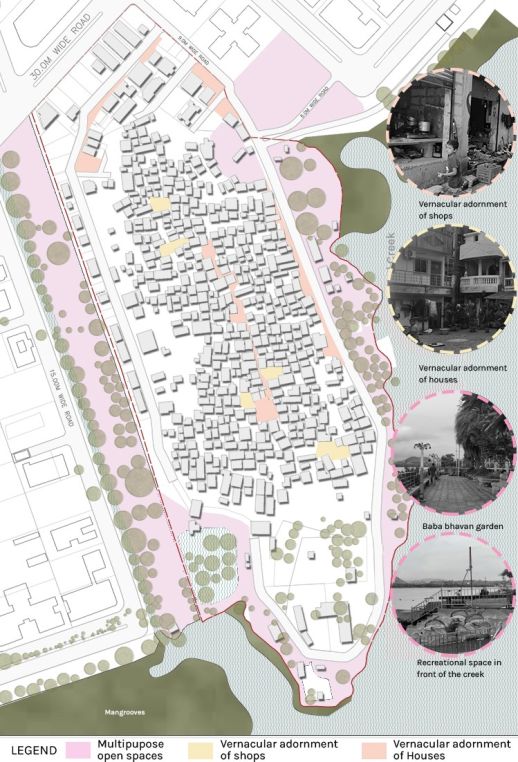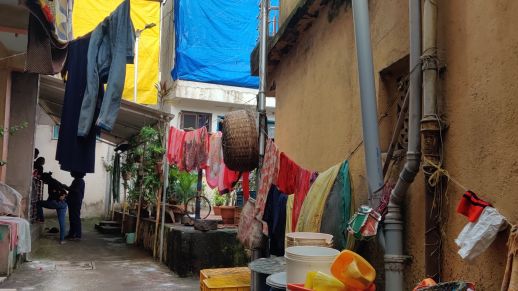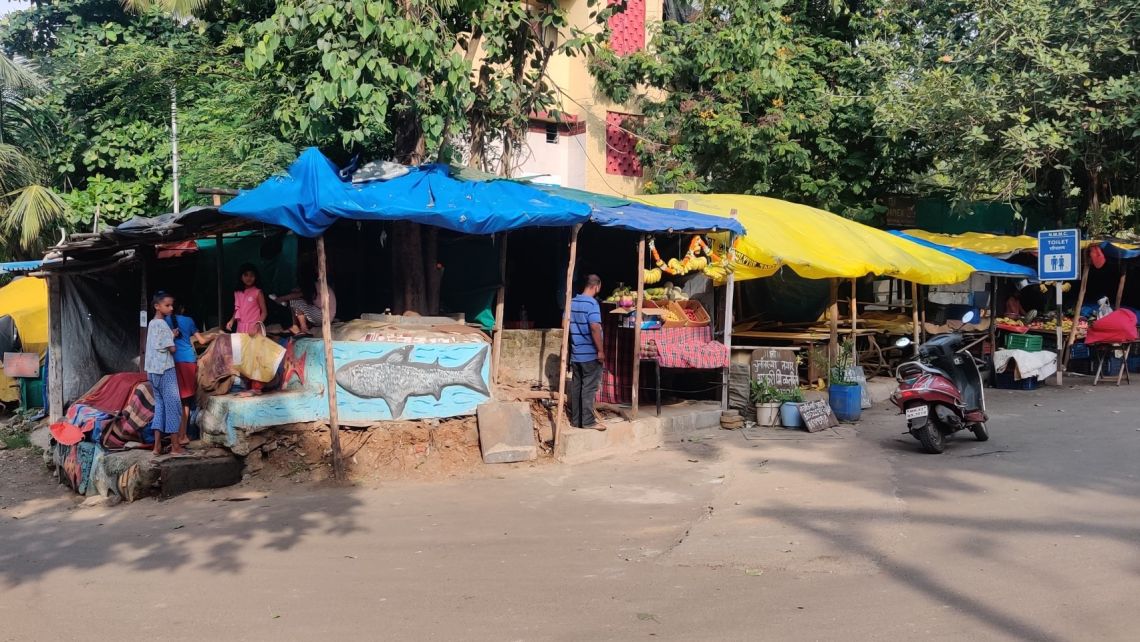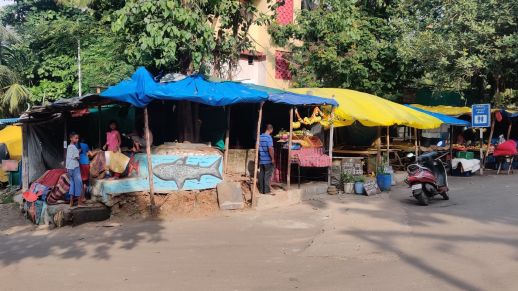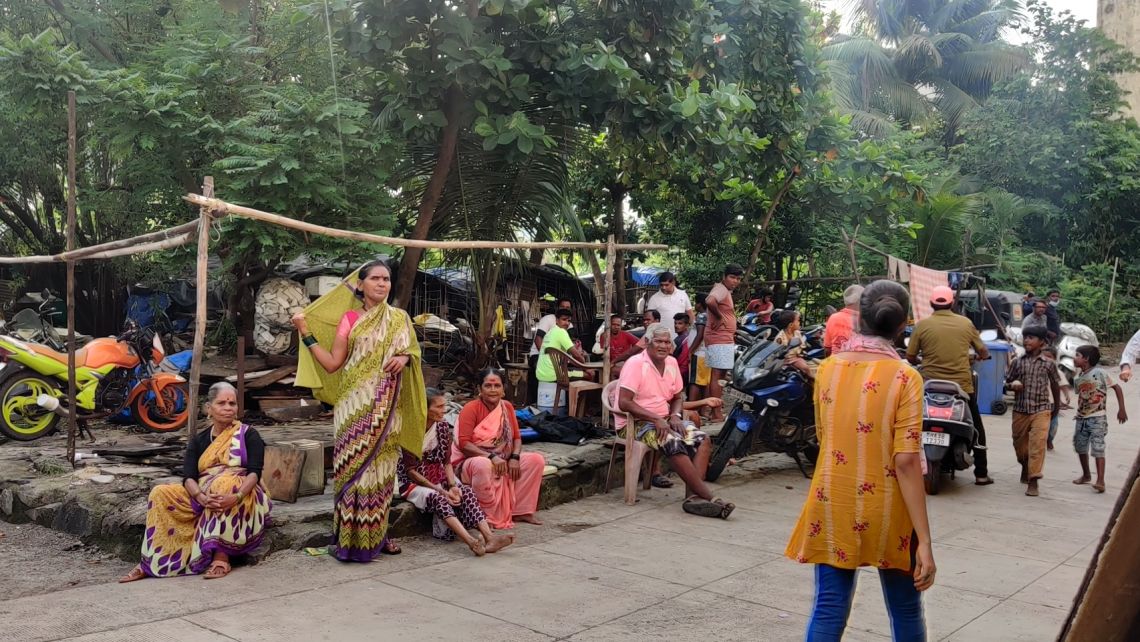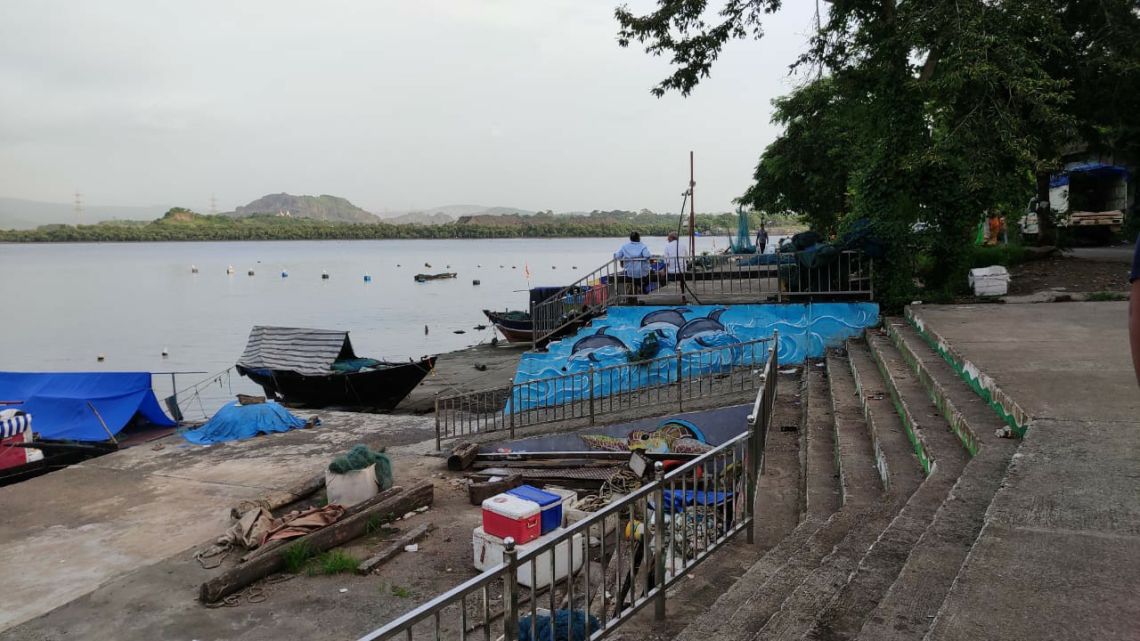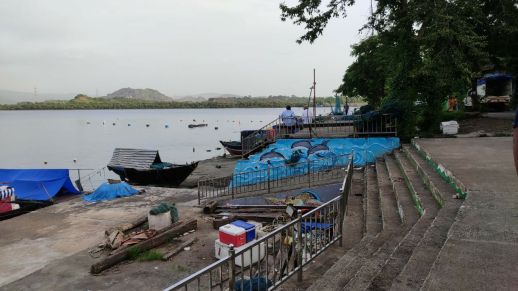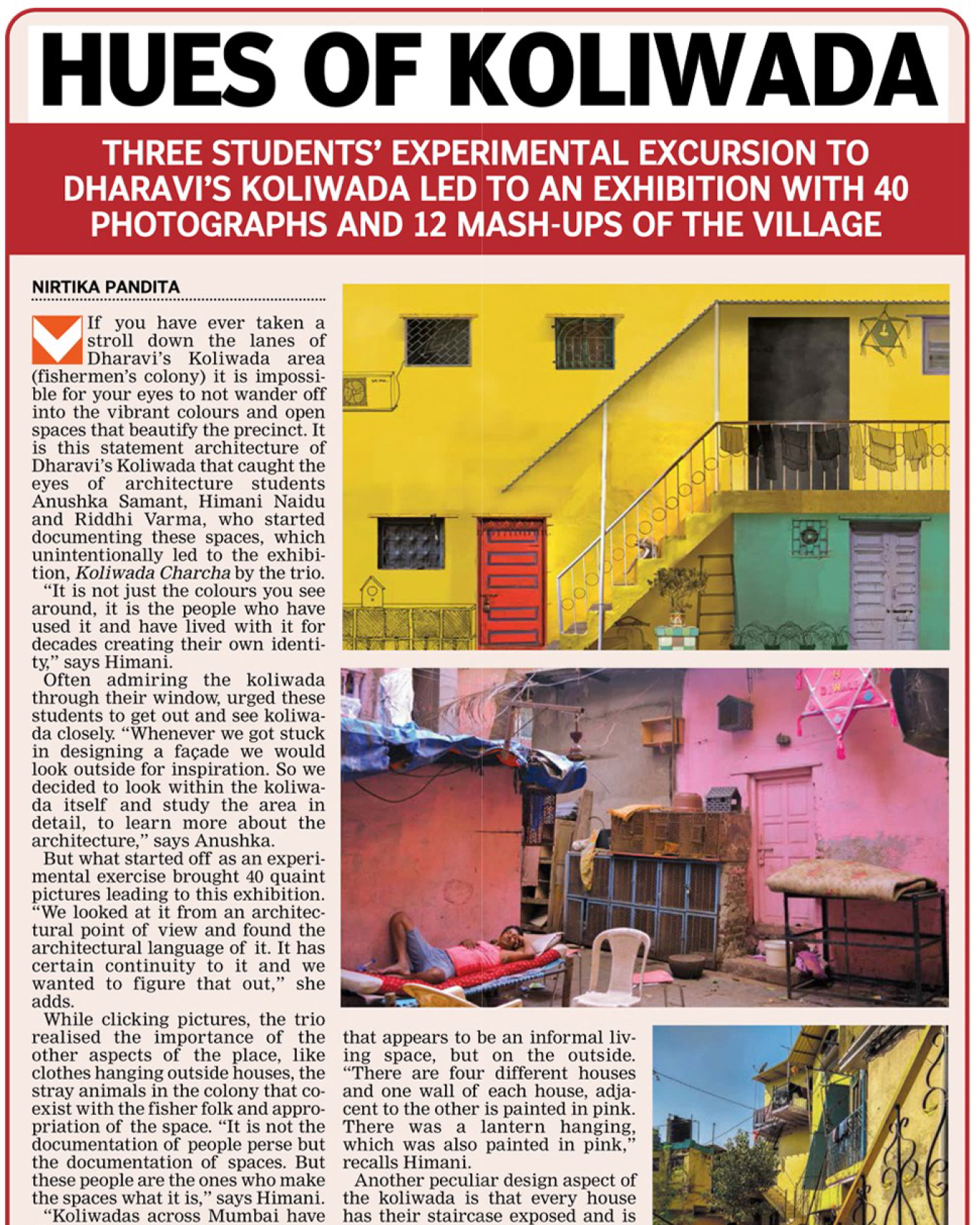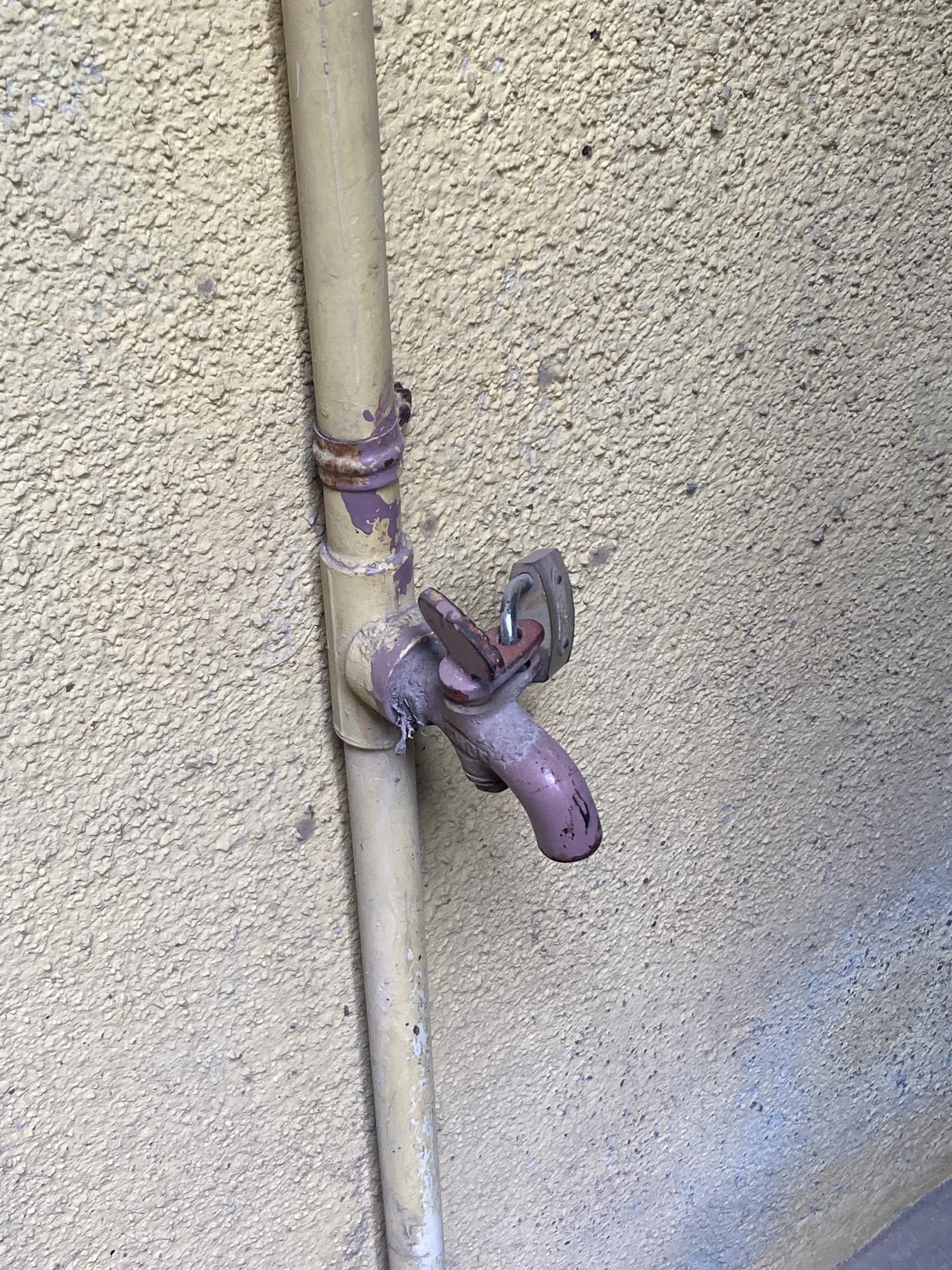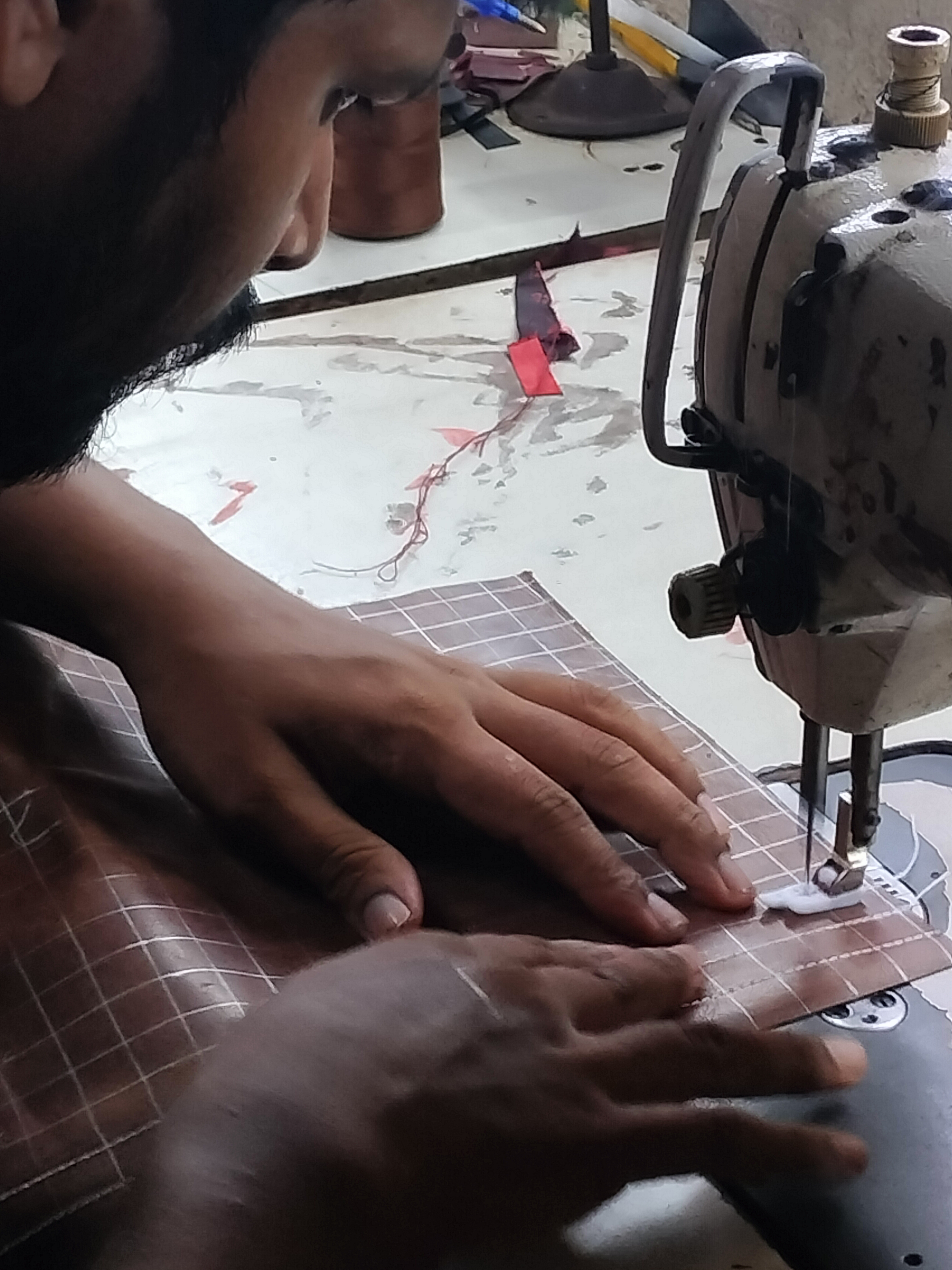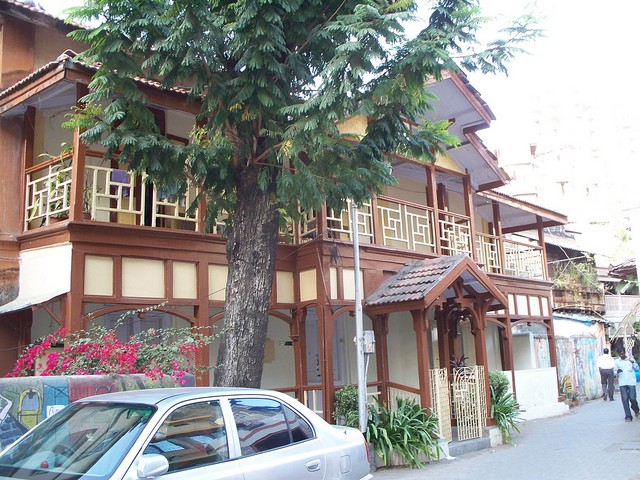Spatial synergies in urban villages
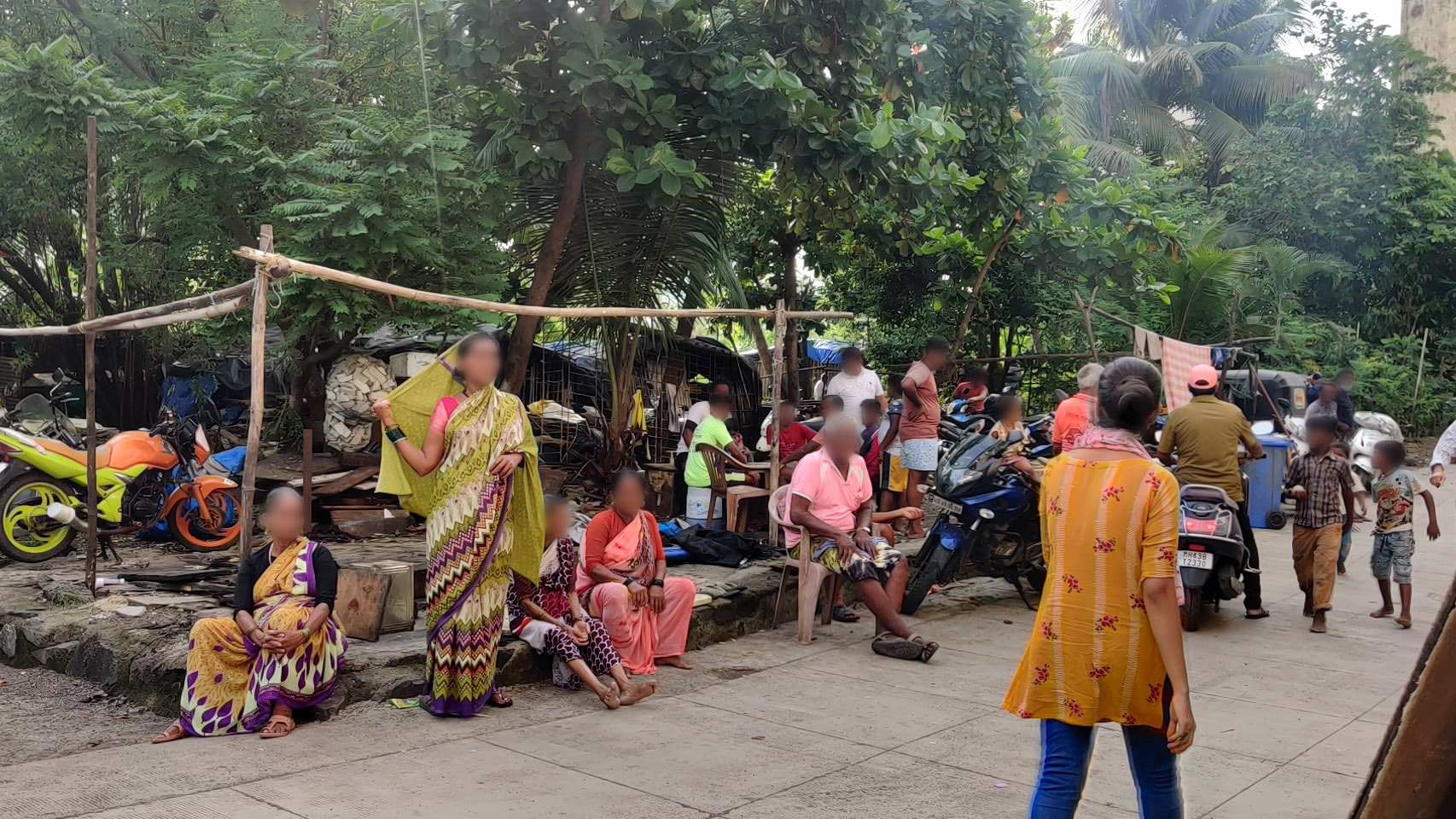
Spatial synergies in urban villages
Cultural values are frequently mirrored in the spatial layout of activities taking place in a society. Culture is layered into practical daily tasks, transforming and giving them life. The village is envisioned as a self-sufficient island with all basic facilities and professional competence available in the gaothan space.
Self-reliance
Diwale alongside the fish market and jetty area where they repair ferries and boats, hosts different economic activities such as jewellery stores, vegetables and fruits which are produced locally in nearby villages are sold in temporary stalls along the main marketplace, hostels, renting premises, papad manufacturing, and so on, ranging from bazaars (traditional fishing marketplace) to schools, medical clinics, and businesses of various typologies. This variance demonstrates that the requirements of the residents are satisfied inside the settlement and within their financial capabilities. The locals we spoke to, indicated that they rely solely on their immediate surroundings for work, transportation, and specialised medical care. Apart from that, the village is self-sufficient in terms of basic necessities and day-to-day living. It is a place where a work and living paradigm has been created for the communities that live there.
Flexible and Adaptable Public Places
The bazaar, managed by fisherwomen, is located along the gaonthans major access route, and the temples are the most significant public sites in the community. However, open areas outside of congested settlements are used for functions and other gatherings. Men utilise the creek's edge as a base to go fishing in the mornings and as a social gathering place in the evenings. In the other open places, children play and teenagers play in the evening. Weddings, festivals, political meetings, and other events are held on the same grounds. Temporary patra (metal sheets) structures along the creek are used for band/ song practices. There is a common ground where all of the arrangements for the events are stored and used appropriately by the community. As a result, each location has numerous purposes and users at different times of the day and all through the year.
The distinct visual characteristics often depict some aspects of the residents' culture, which is transferred into the spatial environment of the village. The community's public spaces, common meeting spots, store typology and vernacular decoration of incrementally built dwellings express the character of the location and residents' culture.
Incremental Architecture
Indigenous patterns and the use of vivid colours by homeowners are also reminiscent of vernacular architecture since colourful homes and buildings appear unexpectedly in small streets. Most of the areas are occupied by family and relatives living in clusters with shared chowks where individuals have created Tulsi Vrindavan outside their dwellings. The doors are ornamented with hand-woven torans, and the rangoli patterns in the chowks, and a clothesline and fishing baskets hung outside the houses. These are some of the characteristics that may be found in various residences across the community. Such incremental architecture fosters local identity and helps to placemaking and an emergence of a spirit of the place.
Diverse users of public spaces
Edges around the creek are built for seating and recreational reasons, and men and women come here after a long day's labour to enjoy the scenery and tranquillity. These spaces were developed recently by a local politician who belongs to the same community. Due to the density of a tight-knit fabric, flora and fauna are only found outside the main settlement. Domestic animals such as cows, bulls, and chickens wander the streets freely and children and youngsters are often seen playing cricket in the open grounds. The walls and areas around the main street and bazaar have been painted to depict marine ecology, with brilliant colours demonstrating their creative abilities, recollections, and fantasies. The entire community celebrates the Narali Poornima (coconut offerings to the sea god) and Agri/ Koli festivals on a grand scale.
These gaothans and koliwadas reflect the phenomena of the majority of Indian city dwellers' manner of life, having diversity, culture, tradition and form of community living that we Indians thrive on, which are often not found in planned areas. Urban villages which are perceived as dysfunctional neglected areas, actually happen to be the backbone and heart of Indian cities. Within the urban environment, the ‘informal’ society strives to retain and practise cultural processes founded on memories, and experiences.
Integration and promotion of such spaces and communities in ways that use and sustainably manage them for future generations, rather than disregarding them, may provide communal living prosperity and aid in the development of the rurban society that our cities require to sustainably develop.
